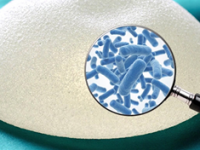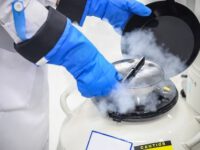The Microsurgery and Plastic Surgery laboratory
R&D > Laboratories > Microsurgery and Plastic Surgery laboratory – Prof. Eyal Gur

Our Vision
The mission of our laboratory is to bring scientists and clinicians to collaborate and develop new therapeutic strategies in the fields of wound healing, tissue repair and tissue regeneration with the main goal of successfully applying these into clinical practice.
In the framework of our laboratory plastic surgeons, biologists and bioengineers work together in various investigative fields:
- Cryopreservation of compound tissues, limbs and organs and application of cryopreserved tissues for microsurgical reconstruction.
- Application of the mesenchymal stem cells, including adipose-derived stem cells, in wound healing, tissue repair and regeneration.
- Bacterial biofilm and its implication on breast implants and irradiation-induced breast implant capsular contracture.
- Effects of ischemia, diabetes and aging on wound healing mechanisms
- Application of hyperbaric oxygen therapy for enhancement of tissue regeneration.
- Reconstructive transplantation and development of innovative clinical solutions for transplant recipients.

Contact Us
Primary Investigators
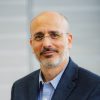
Prof. Yoav Barnea - Lab PI
Phone: +972-3-6973890
Email: yoavba@tlvmc.gov.il
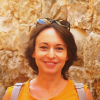
Dr. Inna Solodeev, Lab Manager & PI
Phone: +972-3-6974313
Email: innaso@tlvmc.gov.il
Address
Founders building
6th floor Room 8,11

Research
Effective cryopreservation of large tissues, limbs and organs has the potential to revolutionize medical reconstruction options following trauma and organ preservation and transplantation procedures. Existing methods for long-term organ and tissue preservation are characterized by significant tissue-size and time limitations. Our work in this field has aimed to develop a novel vitrification-based approach that will enable long-term survival and functional recovery of large tissues and limbs following cryopreservation and transplantation. We scored undeniable successes in our research: rats were able to walk using the cryopreserved limb and demonstrated nerve regeneration and the return of functional sensation. We continue to develop protocols for long-term preservation of large tissues, limbs, and organs for clinical use. |
Fresh adipose tissue derived regenerative cells, also called stromal vascular fraction (SVF) can be extracted from fat after liposuction. Currently, SVF is used in the treatment of various clinical conditions – e.g. osteoarthritis, Crohn’s disease related fistulas and more. The current standard for SVF extraction has several significant disadvantages: – Time consuming (~1.5 hours) and technically complicated due to the use of enzymatic dissociation of the fat tissue – High regulatory burden in the USA and Europe – Hight expenditure due to the cost of the GMP grade enzyme – Risk of contamination of isolated cells with the digesting enzyme Our work in this field has led us to develop a novel non-enzymatic SVF extraction system that will provide the following benefits: – Fast: 10 minutes to SVF cell enzymatic extraction – Sterile: extraction is performed in a closed system with the lipoaspirate suctioned directly into a sterile container (no need for a clean room) – Easily used within the surgical arena for immediate cell transplantation |
We believe that bringing our novel technology to the market will help make SVF therapy safer and more accessible to patients.
Paralysis of the facial muscles causes loss of voluntary facial movements, loss of involuntary facial expression, and dysfunction of facial function. Currently, the gold standard surgical reconstructive procedure for facial paralysis (i.e facial reanimation) includes the use of a cross-face nerve graft. With this method, a nerve graft is transferred from the normal facial nerve to the paretic hemi-face. This allows normal facial nerve axons to sprout and innervate the paretic hemi-face. The major disadvantage of cross-face nerve grafting is that clinical results are inconsistent. The leading cause of failure is suspected to be poor traversing of motor axons from the contralateral facial nerve branches into, across, and out of the nerve graft. Hyperbaric oxygen treatment is used to provide optimal tissue oxygen tension in order to maintain the neural aerobic metabolism and viability of the tissue, reduce edema, enhance perfusion of the injured tissue, restore axonal transport, enable the necessary delivery of nutrients at the site of injury, accelerate healing, and promote neovascularization. |
The aim of our research is to provide a faster regeneration pace and better quality of the regeneration process in a nerve autograft by exposing it to hyperbaric oxygen treatment
Mesenchymal stem Cells (MSCs) are multipotent cells that are derived from various adult tissues. MSCs therapy represents one of the most innovative approaches in the field of tissue repair therapies. In vitro and in vivo studies proved the MSCs have the ability to secret the trophic factors that promote angiogenesis and remodel the extracellular matrix. Other mechanisms of action include high immunomodulation capacity of MSCs. Our previous studies demonstrated significant immunomodulatory capacity of ligand pre-treated MSCs compared to non-treated cells. The current study in the field focuses on improving regeneration capacity of human MSCs in different models. |
Infection is a troubling complication of implant-based breast reconstruction, especially when biofilm formation causes resistance to antibiotic treatment. Staphylococcus is the most common pathogen in such cases, with rapidly increasing Methicillin resistant staph aureus (MRSA) rates. The aim of this research is to examine different pocket irrigation protocols and regimens of antibiotic prophylaxis on MRSA biofilm formation in silicone breast implants using a novel rat model. |
Metabolic syndrome, which is considered to be induced by visceral obesity, raises the risk of cardiovascular disease and type 2 diabetes (T2D). Adipose tissue inflammation during obesity is suggested to play a central role in T2D initiation and its complications. The NLRP3 protein is part of the inflammasome complex, which is responsible for IL-1β protein activation. NLRP3-inflammasome activation in adipose tissue macrophages (ATMs) during obesity was previously demonstrated to play a major role in obesity-induced inflammation and insulin resistance (IR). However, the contribution of inflammasome activation in the non-immune cell fraction of adipose tissue (NICF-AT) in obesity-induced inflammation and IR remains unknown. |
The aim of the study is to research the role NICF-AT inflammasome activation in the development of obesity induced fat inflammation and IR.
Gallery
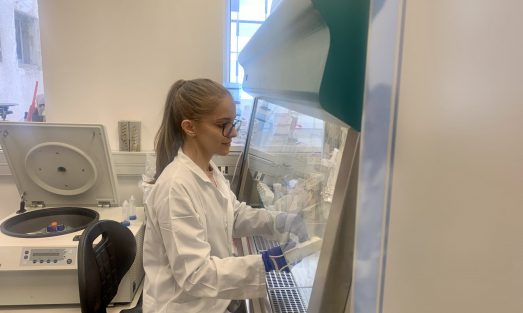
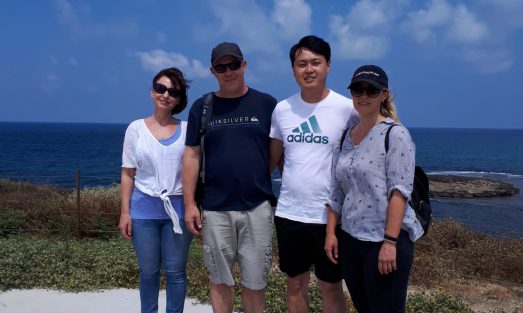
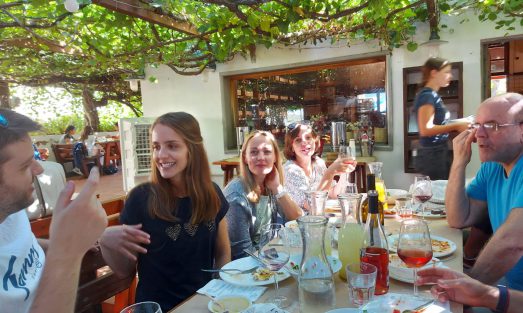
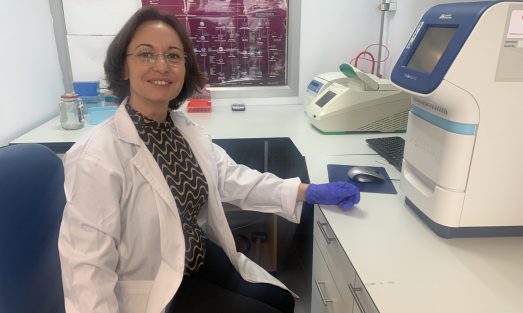
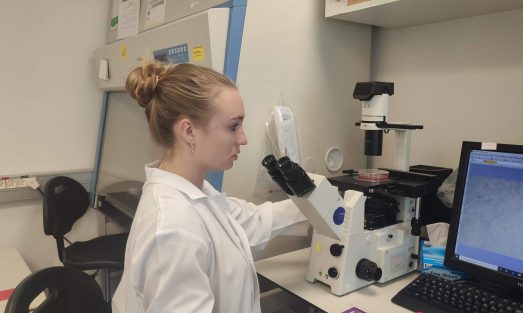
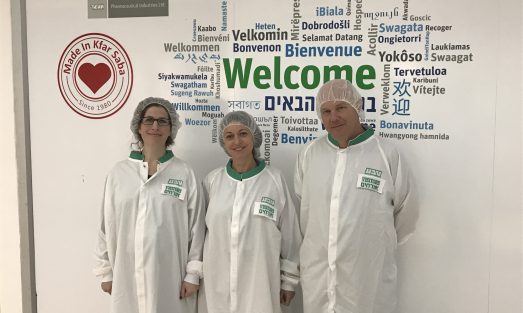

Our Team
Current Staff
Researchers
- Inna Solodeev, PhD
- Lena Cohen, PhD
- Daniel Keidar, MD
Students
- Lilah Margali Grigg, MD/PhD s.
Basic Science Project
- Ehud Fliss, MD
- Orel Gorvin, MD
Volunteers
- Philip Vinestock
Past Staff
Researchers
- Nir Shani, PhD
- Shujun Li, MD
Research Associate
- Meirav Sela, MSc
Students
- Gal Tirza, MD
- Matan Orgil, MD
- Mor Bordeynik-Cohen, MD
Basic Science Projects
- Yossi Namir, MD
- Gal Bracha, MD
- Dina Gofstein-Hayuth, MD
- Carolina Legarda, MD
- Oriana Aran, MD
- Sivan Zissman, MD
- Ehab Madah, MD
- Or Friedman, MD
- Roy Teman, MD
Current funding
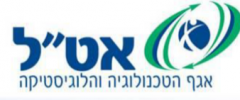
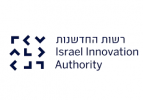

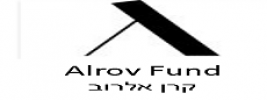

Highlight Publications
A novel two-stage vitrification procedure enables long-term survival and function of a cryopreserved rat hind limb. Arav A, Li S, Freidman O, Soledeev I, Aouizerate J, Gur E and Shani N. Nature Communications. Under review. |
Comparing the efficacy of antimicrobial preventative protocols in an in-vivo MRSA breast implant infection model. Dina Gofstein-Hayuth, Yoav Barnea, Carolina Legarda, Anat Lerner, Jonathan Lellouche, Gal Bracha, Zack Shiloah, Yehuda Carmeli, Eyal Gur, Nir Shani and Ehud Arad. In preparation. |
A clinical hyperbaric oxygen treatment protocol enhances sciatic nerve regeneration in a rat model. Kedar D, Efrati S, Gur E and Shani N. In preparation. |
More Publications >>
FasL Promotes Proliferation and Delays Differentiation of ASCs. Ina Sarel, Galina Rodionov, Amos Ofer, Michal Rosenzwaig, Michal Shrift Tzadok, Anastasia Rodin, Ela Bar Or, Ahmi Ben-Yehudah, Inna Solodeev, Nir Shani, Shai Yarkoni. Japan Journal of Medicine. 2021;Feb 4(1): 474- 483. |
Tirza G and Solodeev I, Sela M, Greenberg I, Pasmanik-Chor M, Gur E and Shani N. Stem Cell Research & Therapy. 2020 Jan 23;11(1):35. |
Solodeev I, Orgil M, Bordeynik-Cohen M, Meilik B, Manheim S, Volovitz I, Sela M, Inbal A, Gur E, and Shani N. Plast Reconstr Surg Glob Open. 2019 Jul 5;7(7):e2321. |
Shani N, Friedman O, Arav A, Natan Y and Eyal Gur. Plast Reconstr Surg. 2019 May;143(5):1074e-1080e. |
Eyal Gur, Ron M. Zuker, Arik Zaretski, David Leshem, Yoav Barnea, Ehud Arad, Ravit Yanko, Benjamin Meilik, Daniel J. Kedar, Ehud Fliss, Plastic and Reconstructive Surgery. 2018 Jul;142(1):202-214. |
Fas-L promotes the stem cell potency of adipose-derived mesenchymal cells. Inna Solodeev, Benjamin Meilik, Ilan Volovitz, Meirav Sela, Sharon Manheim, Shai Yarkoni, Dov Zipori, Eyal Gur and Nir Shani. Cell Death and Disease. 2018 Jun 11;9(6):695. |
Friedman O, Carmel N, Sela M, Abu Jabal A, Inbal A, Ben Hamou M, Krelin Y, Gur E and Shani N. PLoS One. 2017 Jul 26;12(7):e0181507 |
Rat hindlimb cryopreservation and transplantation – A step towards “organ banking”. Arav A, Friedman O, Natan Y, Gur E and Shani N. |
Am J Transplant. 2017 Nov;17(11):2820-2828.






